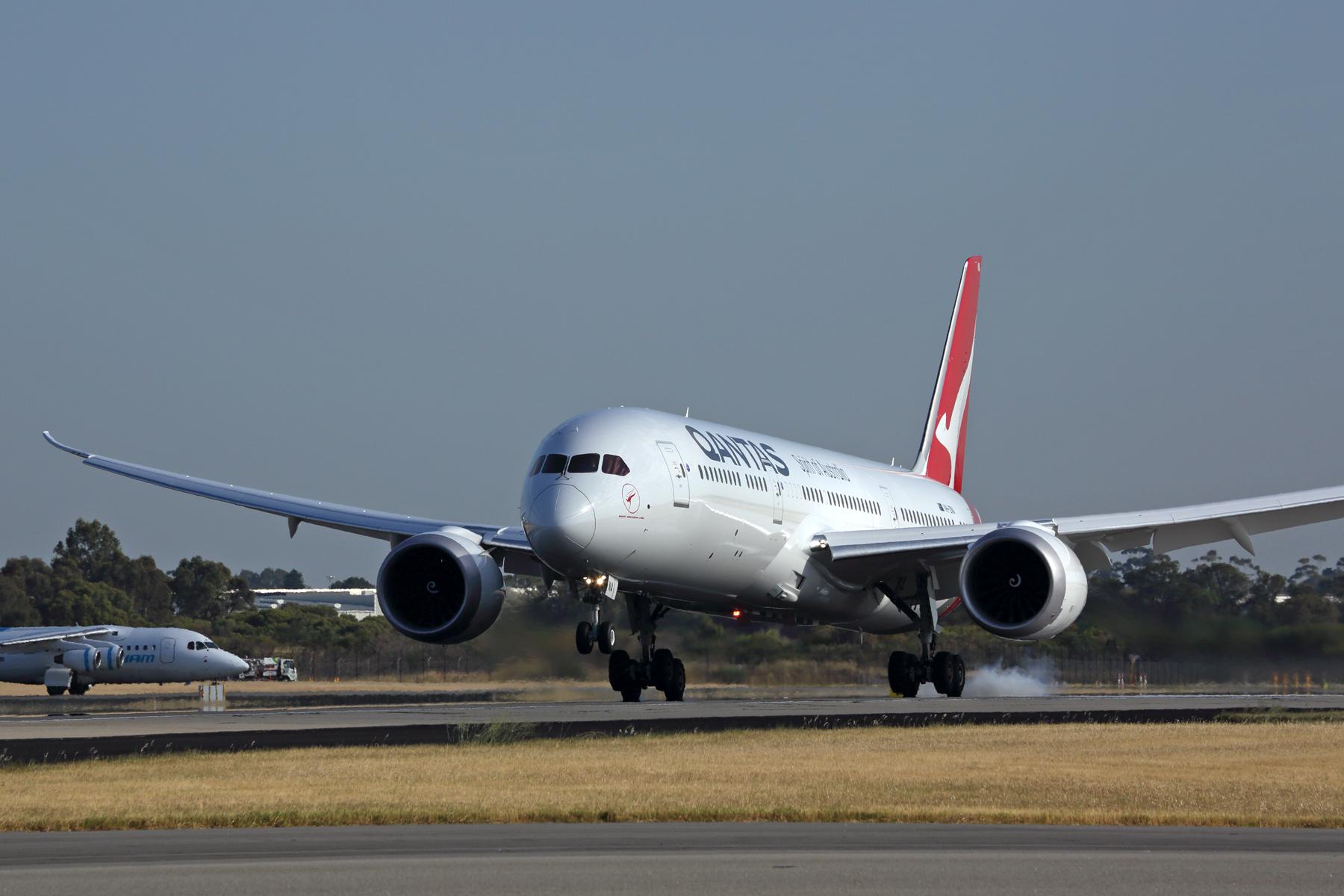
Australian flag-carrier Qantas reported promising demand trends as its domestic network recovers from the latest COVID-19 wave and international services ramp up after reopening in November.
Forward bookings over the past few months have been “encouraging and trending upward,” Qantas CEO Alan Joyce said during the airline’s half-year earnings call.
Over the past few weeks, Qantas has achieved its largest international sales volumes since before the pandemic began, Joyce said. For the week starting Feb. 14, the carrier had its highest domestic bookings since before the delta variant outbreak in June 2021.
After dipping significantly in the quarter ending March 31, Qantas predicts its group domestic capacity will rise back to 90-100% of pre-COVID levels in the June quarter. Domestic capacity is expected to be more than 100% in the September quarter, with LCC subsidiary Jetstar reaching 120%.
International capacity is forecast to reach 40% of pre-COVID levels in the June quarter, then 70% by the September quarter.
Joyce said he is optimistic that these projections will be less vulnerable to unexpected border closures than previous forecasts. “We know the road to recovery still has some time to go, but as Australia completes its shift to truly living with COVID, we can see things are now stabilizing,” he said.
While more borders are opening for key overseas routes to resume, the mainland China and Hong Kong markets remain heavily restricted.
Before the pandemic, Hong Kong and Shanghai routes accounted for about 12% of Qantas’ international capacity, as measured in available seat kilometers, according to Joyce. Now only about a third of that capacity is operating, mainly carrying freight.
Qantas is hoping the Chinese mainland market will reopen in July, but if it does not, Qantas has plenty of other options for deploying the capacity formerly allocated there, Joyce said.
The carrier is moving closer to confirming its “Project Sunrise” ultra-long-haul services. Joyce said Qantas is still focused on delivering nonstop flights from Sydney (SYD) and Melbourne (MEL) to destinations such as London (LHR) and New York (JFK).
Qantas is aiming to finalize the business case for Project Sunrise by the middle of this year, Joyce said. If it does so, it could begin such flights by 2025, about two years later than it planned before COVID-19 forced it to shelve the plan. The carrier intends to order Airbus A350-1000s for these routes.
The Qantas Group reported a net loss of A$456 million ($326 million) for the six months through Dec. 31, its fiscal first half—the group’s fourth consecutive half-year loss.





